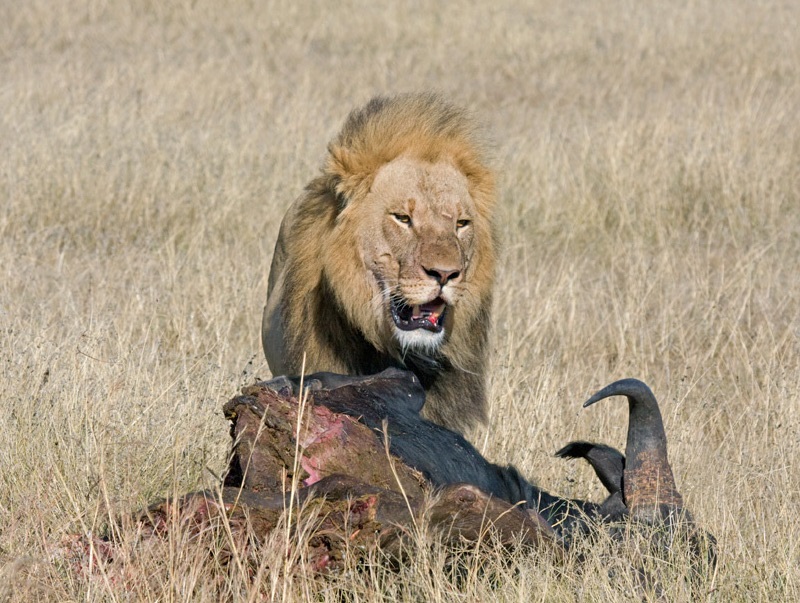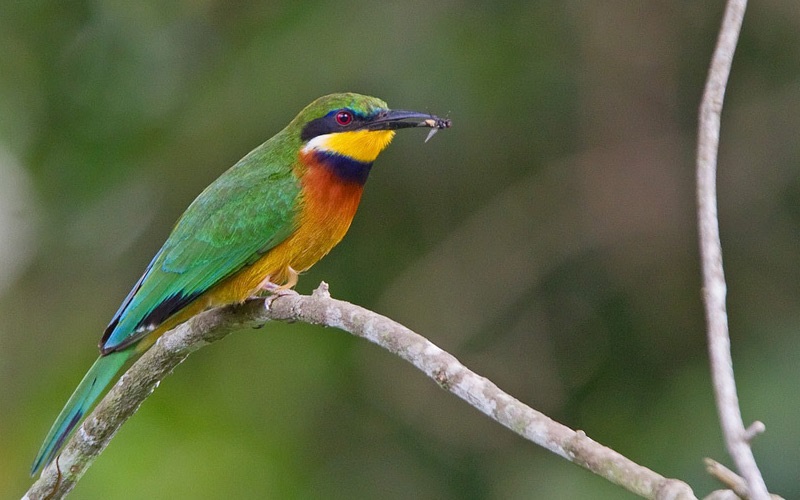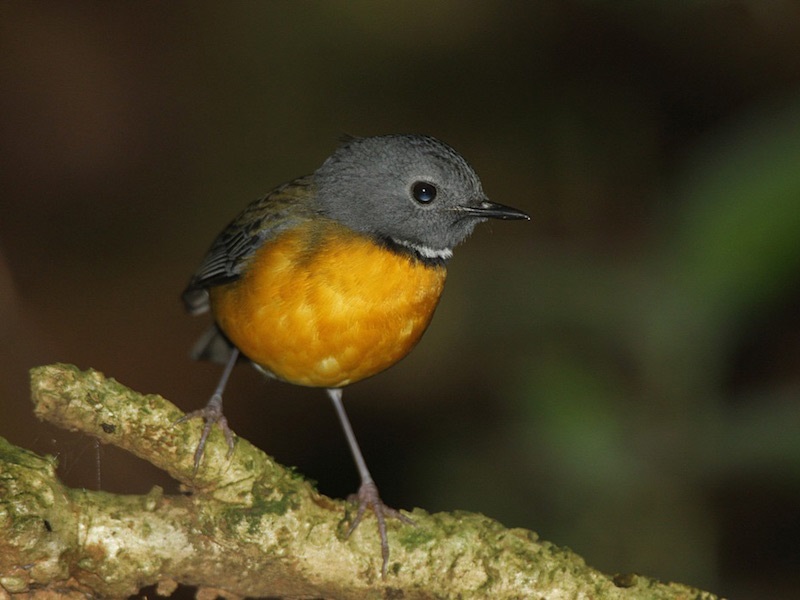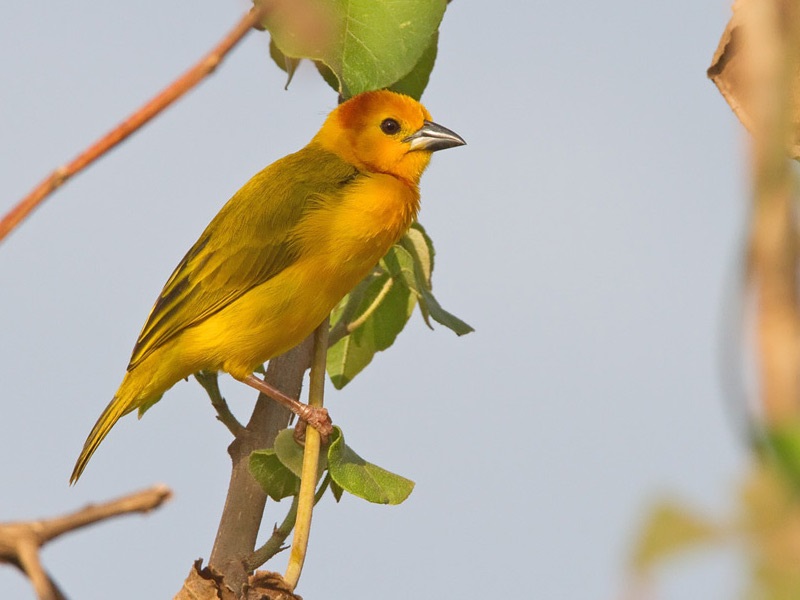Tanzania is a country located in East Africa. To the north it borders Kenya, to the south Lake Malawi and Mozambique, to the west lake Tanganiyka and Uganda and to the east its shores ride on the Indian Ocean. It’s a vast unspoiled wilderness and has the second largest lake in the world; Lake Victoria (a freshwater lake, home to 400 species), and one of the seven summits, Mount Kilimanjaro, and is the best place in the world for wilderness viewing at Arusha, Serengeti, Norongoro Crater, Tarangire and Manyara National Parks.

The geography is diverse leading to various climates. Although in the tropics, the higher areas are reasonably cool. Because it straddles the equator there are just two seasons – wet and dry. Tanzania’s variety of species of birds, over 1000, vary in each location due to the nation’s geographic diversity. From mountain forest to tropical coast, every conceivable altitude range: deserts, open savannah grassland, lowland forest, bush and scrub, lakes and mudflats.
The National Parks have open savannah grassland, bush and scrub with large rivers running through them. Top species include: Secretary Bird, numerous vultures, eagles and hawks, Yellow-throated Sandgrouse, Bare-faced Go-away Bird, Gabon Nightjar, Lilac-breasted Roller, Ground Hornbill, Red-throated Tit, Sooty Chat, and a wide variety of larks, pipits and widowbirds.

The thick riverine forest bordering the Mara and Talek rivers, hold African Finfoot, Livingstone’s & Ross’s Turaco, Giant Kingfisher, Blue Flycatcher, Double-toothed Barbet and the rare Pel’s Fishing Owl. The alkaline Lake Natron is also located near the National Parks; feeding ground for over one million [exceptionally two million] Lesser Flamingo. Greater flamingo are also found, in far smaller numbers. Mt. Kilimanjaro has three vegetation zones: Rain forest, Alpine Forest, and Moorland, making for species diversity.

The area is also good for some of the lesser-known mammals.
The Top Birding Locations in Tanzania are:
1. Serengeti National Park
2. Noronogoro Crater
3. Arusha National Park
4. Ruaha National Park
5. Rubondo Island National Park
6. Lake Victoria
7. Lake Natron
8. Lake Eyasi
9. Lake Manyara
10. Lake Tanganyika
11. Usambara Mountains
12. Mt. Kilimanjaro

Lake Victoria (Map)
Home to over 400 species that can be seen in just a couple of days. White and pink-backed pelican, cormorant and long tailed cormorant, little bittern, goliath, purple and squacco heron, little, yellow-billed and great-white egrets, hammerkop, yellow-billed stork, sacred ibis, African spoonbill, fish eagle, black crake, Allen’s and purple gallinules, jacana and pied and malachite kingfishers are all resident. For the Lake Victoria experience you do not need a formal safari as you can arrange to visit Mwanza and stay right on the lake.

Mount Kilimanjaro (Map)
Highland species include several extremely uncommon birds such as Green Ibis, Rufous Sparrowhawk, Mountain Buzzard, Crowned Eagle, Jackson’s Francolin, Bronze-naped Pigeon, Red-fronted Parrot, Hartlaub’s Turaco, Scarce Swift, Silvery-cheeked Hornbill, Moustached Green Tinkerbird, Montane Oriole, Alpine Chat, Abyssinian Ground Thrush, Sharpe’s Longclaw, Slender-billed Chestnut-winged Starling and 13 species of sunbirds; including the Northern Double-collared, Golden-winged, Tacazze, Green-headed and Scarlet-tufted Malachite.

Serengeti National Park, the Ngorongoro Conservation Area, and the Maasai Mara Game Reserve across the border in Kenya, protect the greatest and most varied collection of terrestrial wildlife on earth, and one of the last great migratory systems still intact. The Serengeti is the jewel in the crown of Tanzania’s protected areas, which altogether make up some 14% of the country’s land area, a conservation record that few other countries can match.

The Usambara Mountains are fairly unique in East Africa with their natural regions still covered in tropical forests, which otherwise continentally remain primarily in Western Africa. Considered tremendously significant ecologically and a Biodiversity hotspot. There are many protected zones throughout the range, which are being expanded and contributed to by the Tanzanian government, associated NGO’s and research teams, and donor countries.
Passing first through wooded savannah where buffalos and giraffes are frequently encountered, the ascent of Meru leads into forests aflame with red-hot pokers and dripping with Spanish moss, before reaching high open heath spiked with giant lobelias. Everlasting flowers cling to the alpine desert, as delicately-hoofed klipspringers mark the hike’s progress. Astride the craggy summit, Kilimanjaro stands unveiled, blushing in the sunrise.
Major Source: Fatbirder
Map Source: Googlemaps™
Photo Source: ã Birding Ecotours
